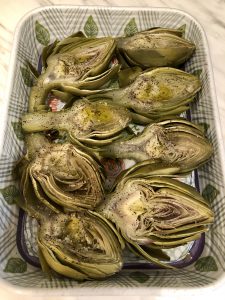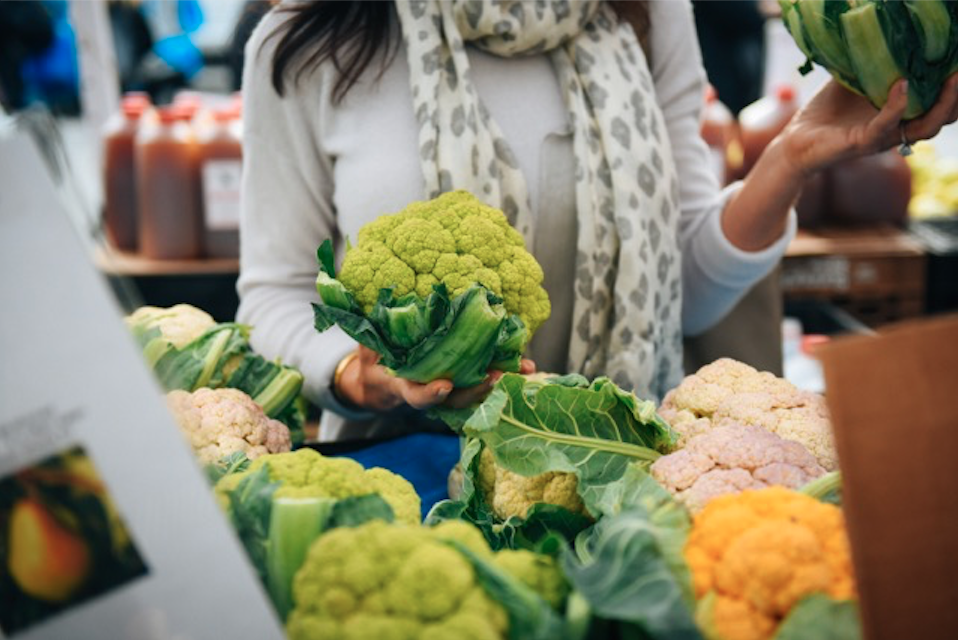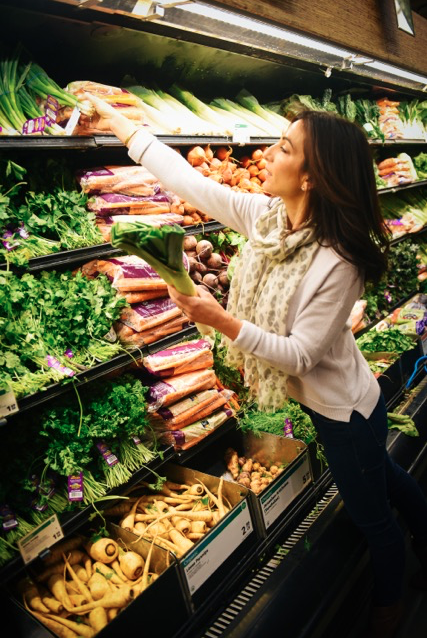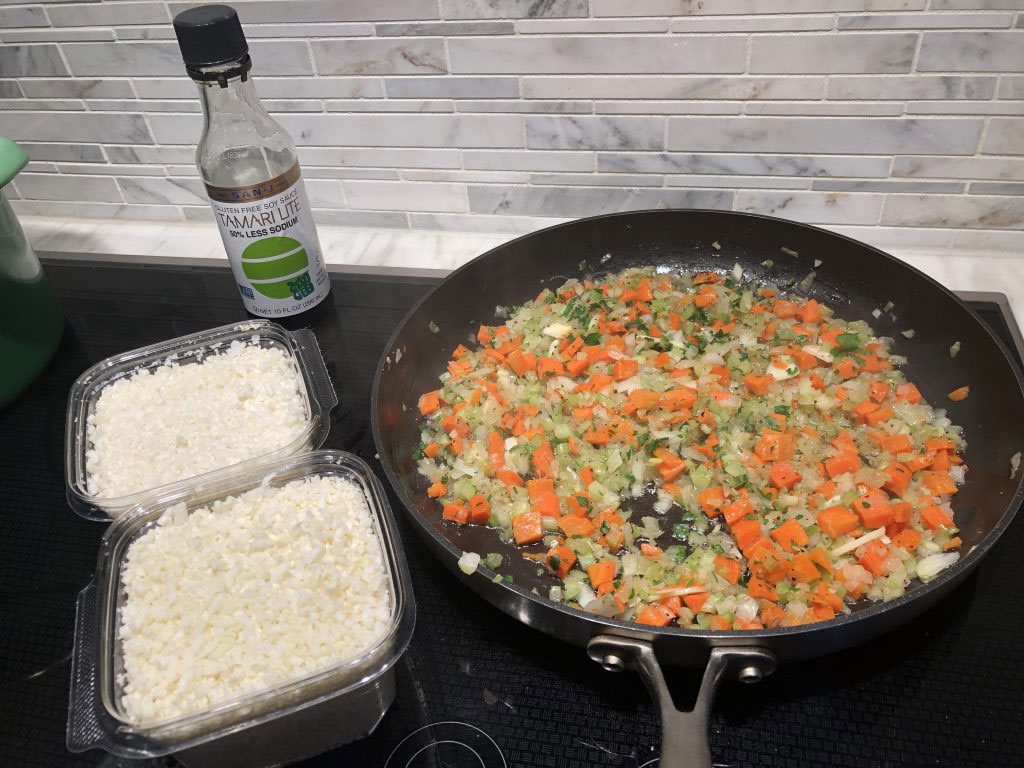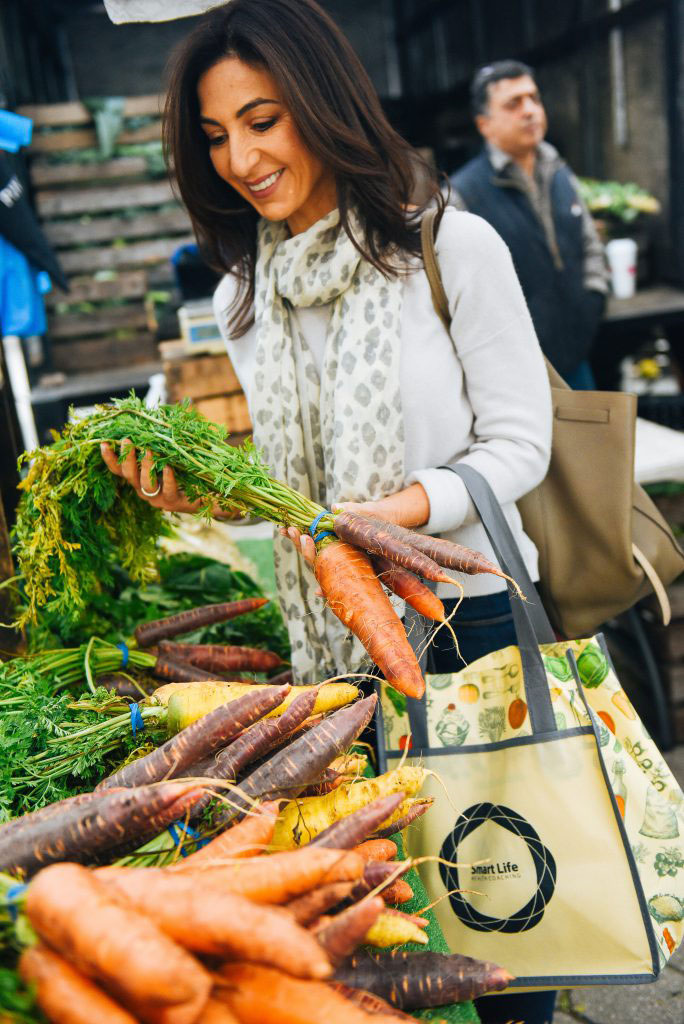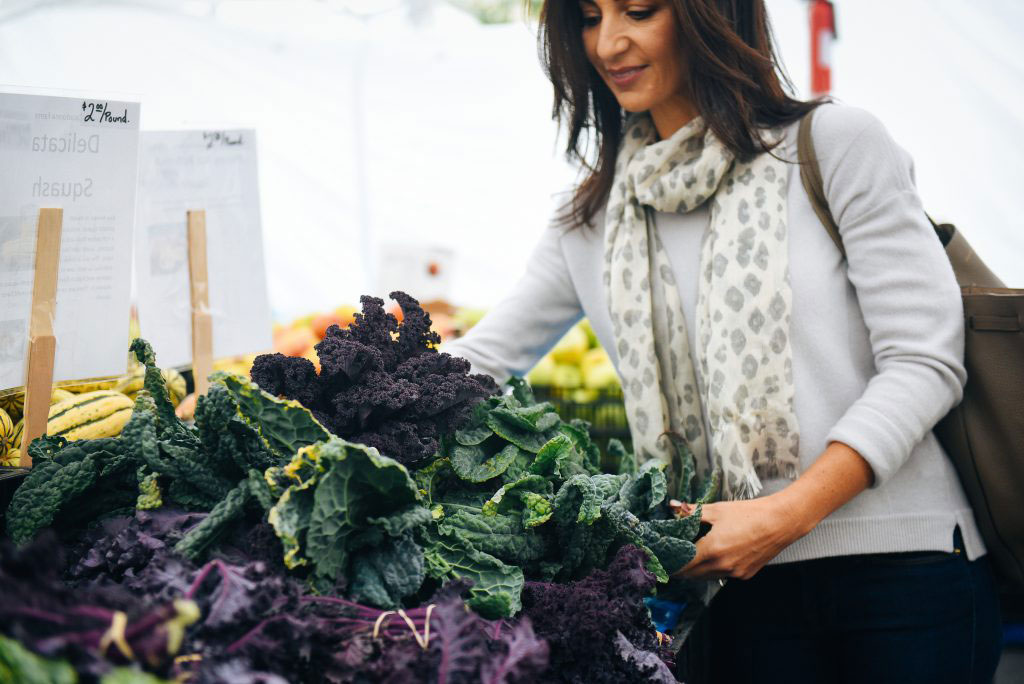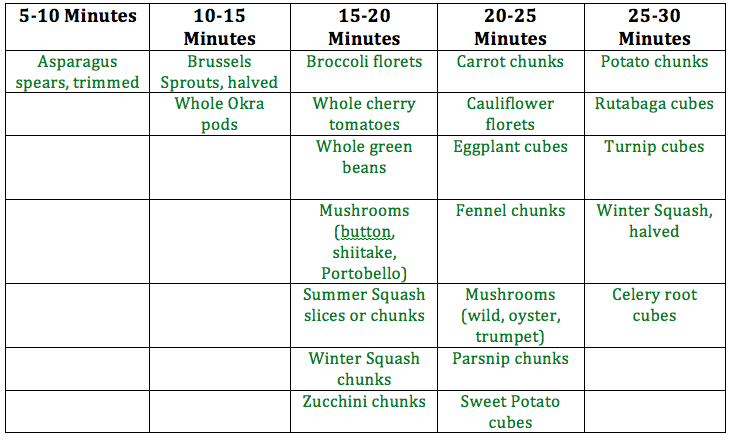BREAKFAST: Yay or Nay? What is the Smart Life Choice?
You’ve probably heard before that breakfast is the most important meal of the day. Indeed, Smart Life clients will hear me tell them to eat something within an hour of waking. There are tons of breakfast skippers out there. People report that they either don’t feel hungry in the morning or they don’t have enough time to fit in a meal. Whichever category you fit into, it’s time for a change. Here’s why:
1) Revs Up Metabolism: When you finally shut your eyes after a long day, your body finds sleep and happily settles into a resting metabolic mode. Basal Metabolic Rate (BMR) or Resting Metabolic Rate (RMR) is the amount of calories your body requires at rest — usually about 1400 – 1900 calories — to perform the minimal requirements of your resting body. Your BMR/RMR requires fewer calories with age, but increased lean body mass actually increases your BMR/RMR, which means you burn more calories at rest if you have more lean muscle. In your resting state, your body is just metabolic enough to keep your heart rate slowly chugging along, your lungs gently inhaling and exhaling and your brain quietly functioning. By the time you wake in the morning, your metabolism is much slower than its normal daytime rhythm. Until you take your first bite of food for the day, you remain in a sort of “powered down” mode, with slower metabolic functioning in an effort to conserve energy (remember, you have been “fasting” since the night before.) This is where breakfast comes into play. Starting your day with a morning meal initiates thermogenesis, the metabolic process that gets your body going. There is also a process called the thermic effect of food, whereby your body burns calories to digest your food. You want to eat your breakfast so you will burn calories through digestion and boost your metabolism. Breakfast wakes up your metabolism, even if the rest of you isn’t ready to be up yet!
2) Promotes Weight Loss/Maintenance: The National Weight Control Registry is a log of men and women who have lost anywhere from 30 to 300 lbs and have kept it off for at least 5.5 years. One of the most striking characteristics of this group is their breakfast habits: 78% eat breakfast every day. Another study from The Organization for Economic Co-operation and Development reported as of 2011, the percent of obese adults (BMI > 30) in America is 26.1% while the percent of obese adults in Germany is 13.7%. One reason for this difference? Over 75% of Germans eat breakfast every day, while only 44% of Americans do.
Besides the stats, it makes sense why breakfast supports a healthy weight. A good way to illustrate this is to look at what happens when you don’t have breakfast. People think skipping breakfast is an easy way to save calories. This brings us back to thermogenesis. First and foremost, skipping breakfast means you don’t initiate the process of thermogenesis — the car is idling, but not going anywhere. This programs your body to run on less calories because your body is not burning calories in the process of thermogenesis. Having a slow metabolism while you are awake and going about your day is inefficient. To build on this, your body interprets the lack of morning food-fuel as “starvation” mode and won’t really get out of that BMR/RMR state and into a more thermogenic or metabolic state until you put some fuel in the tank. In other words, when you don’t eat breakfast you’re saying to your body “Don’t burn so much energy! I don’t know when my next meal is.”
Hunger, or readiness to eat, is actually a good thing. It tells you that your body has used and burned the fuel you’ve eaten and it’s time to put gas in the tank. Feeling famished, on the other hand — especially because it’s lunchtime and you haven’t had a thing to eat yet — is not a good feeling and not good for your body. This results in overeating most of the time. You may help yourself to an extra large lunch (it’s okay because ‘you saved calories by skipping breakfast’, right?), amounting to more calories overall than you would have eaten if you’d had a sensible breakfast. Keep in mind that you do not become more metabolically active or have increased thermogenic effects of food from a large meal. This is one reason why smaller, more frequent meals are better than a couple of large ones: you keep burning energy digesting your food. In other words, if you skip meals, your metabolism is not at it’s max and you eat more. Double whammy!
3) Keeps Hunger Hormones in Check: Ghrelin, the hunger hormone, runs rampant through your body during fasting and energy restriction. It’s your body’s natural way of communicating when it needs energy. Ghrelin levels only decrease with food intake. Studies show that even a “light” breakfast of carbohydrates, protein, and fat significantly reduces ghrelin levels in your body. This is why you stop feeling hungry after a (nutritious!) meal. Of course, ghrelin levels will decrease after any energy intake, but they will stay lower longer with a nutrient dense meal (think eggs with spinach or a nutritious green smoothie).
4) Sets You Up For Smarter Choices all Day: Breakfast is the foundation for your day, and you want your breakfast to contain high quality, nutrient-dense foods. Laying a good foundation with a lean protein, healthful fat and fiber combination will give you a good start to build on for the rest of your day of eating. Protein and fat provide satiety and fiber keeps you full. If you start the day with a spinach omelet and sliced veggies, you’ll feel good going into your day, the protein will keep you satisfied, and the fiber will keep you full. Starting with a muffin or donut will make you feel lousy, and more inclined to say “yes” to the fast food, instead of the salad.
Despite some contradictory research, I am a strong breakfast believer. Thinking critically, it makes sense to me based on thermogenesis research and my experience that breakfast sets a good foundation for a healthful diet. My most successful clients eat some version of breakfast regularly. Keep in mind, you do not need a feast to call it breakfast. For those who are reluctant to eat breakfast, a morning “snack” may be a good choice — an apple with a smear of almond butter or a small smoothie will suffice to kick start your metabolism.
So go ahead and set your alarm clock a little earlier and enjoy a filling, nutritious breakfast every single morning. You’ll see its benefits throughout your day and soon enough, you’ll be a breakfast believer too.
Your Smart Life Breakfast can look like this:
Option 1: Two organic eggs (scrambled, soft, fried, or hard-boiled) with spinach, tomatoes, cucumbers and celery (or other raw veggies of your choice as long as you include some dark greens).
Option 2: 1 cup nut-milk yogurt (almond, cashew, coconut), with 3 tablespoons of seeds (chia, ground flax, hemp) with ¼ cup sliced almonds, ½ cup organic berries. (* you can replace the seeds with ½ cup high fiber cereal, such as Nature’s Path Smart Bran* ).
Option 3: Green Smoothie: 1 cup unsweetened almond milk, 2 cups spinach, 1 cup frozen organic blueberries, 2 teaspoons almond butter, 1 teaspoon ground flaxseed, water or ice to taste.
*In general, I am not a huge fan of most cereals, however, many people enjoy eating cereal and there are better-for-you options out there, such as the Nature’s Path product mentioned above. When choosing a nutritious cereal, it all comes down to the ingredient list. Choose products with a short list of wholesome ingredients, such as ancient grains, chia and flax. Avoid products that pack soy protein isolates and several different types of sweeteners. As a general rule, cereals with at least 5 grams of fiber and less than 8 grams of sugar per serving are better choices.
